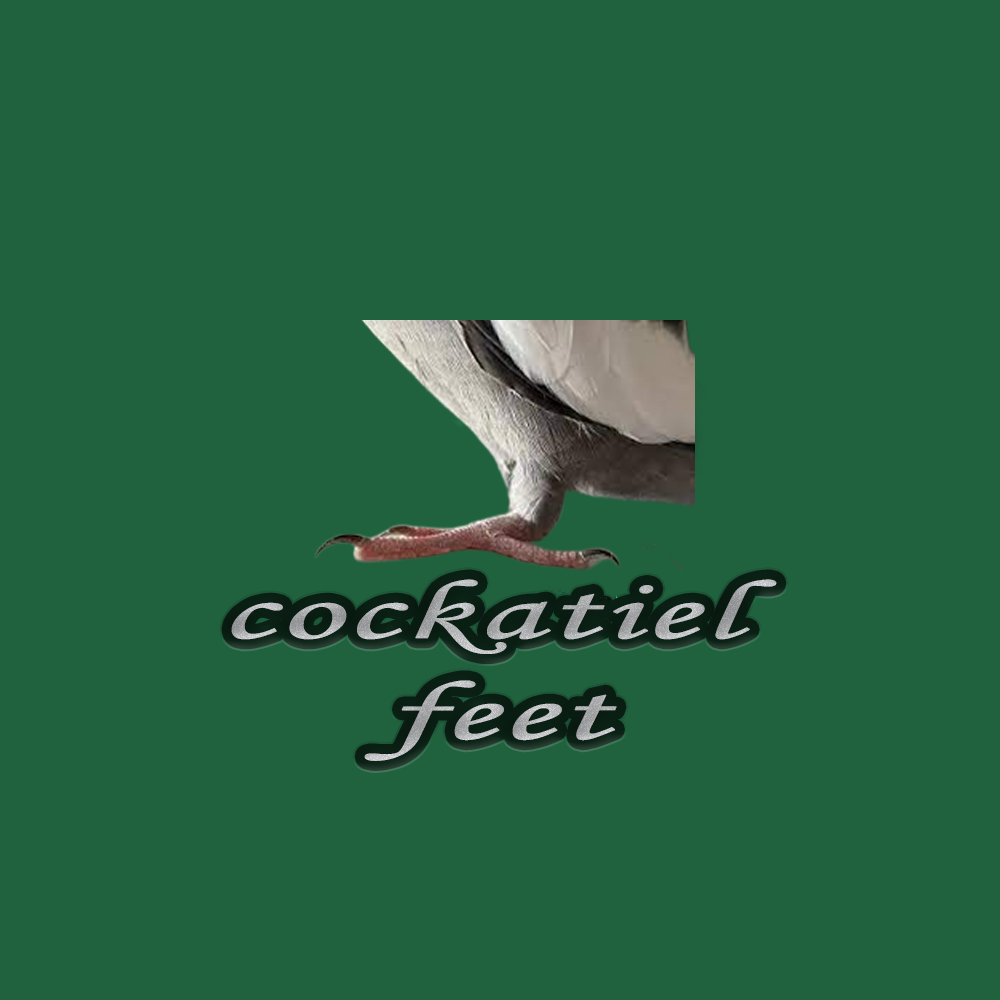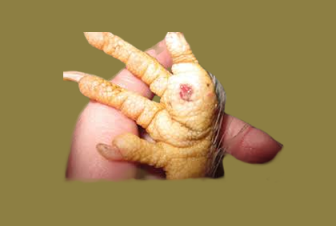
Table of Contents
| Heading | Content |
| Article Outline | |
| 1 | Introduction to Cockatiel Feet |
| 2 | Anatomy of Cockatiel Feet |
| 3 | Common Foot Problems in Cockatiels |
| 4 | Proper Foot Care and Maintenance |
| 5 | Best Practices for Providing Perches |
| 6 | The Significance of Nail Trimming |
| 7 | Exercises for Healthy Feet |
| 8 | Ensuring a Comfortable Cage Environment |
| 9 | Importance of Balanced Diet for Foot Health |
| 10 | Body Temperature Regulation in Cockatiels |
| 11 | Recognizing Signs of Discomfort or Injury |
| 12 | Consulting a Avian Veterinarian |
| 13 | Tips for Bonding and Handling |
| 14 | Conclusion |
| 15 | FAQs |
Introduction to Cockatiel Feet.
Cockatiels are charming and popular pet birds known for their playful antics and striking crests. One aspect of their anatomy that often goes unnoticed is their feet. These intricate structures are not only essential for movement and perching but also serve as indicators of their overall health and well-being.
Anatomy of Cockatiel Feet
Cockatiel feet are creatured for versatility. With four toes on each foot – two pointing forward and two pointing backward – they can easily grip branches and perches. This zygodactyl arrangement grants them stability, allowing them to roost comfortably in various environments. The feet also contain sensitive nerve endings, enabling the birds to sense temperature and texture.
Common Foot Problems in Cockatiels

Cockatiel feet can experience issues Just like any other body part, Bumblefoot, a bacterial infection resulting in swollen sores, is a concern. Overgrown nails, a common problem, can lead to discomfort and difficulty perching. Additionally, fungal infections and injuries from sharp objects might occur.
Proper care and maintenance of the feet
To ensure your cockatiel’s feet remain healthy, create a well-designed cage with various perch sizes and textures. This variety prevents pressure sores and encourages foot exercise. Regularly inspect the feet for signs of swelling, redness, or discharge. Keep the cage clean to prevent infections, and consult a vet if you notice any abnormalities
The Significance of Nail Trimming
Overgrown nails can lead to discomfort, imbalance, and even injury. Gently trim the tips of the nails with specialized bird nail clippers. Take care not to cut into the quick, a blood vessel inside the nail. If you’re unsure, seek guidance from a vet or a professional groomer.
Exercises for Healthy Feet
Promote foot health by engaging your cockatiel in exercises that encourage gripping and movement.
Allow plenty of room in the cage for wing flapping. Place some perches high enough to allow your bird to hang upside down and flap. Some birds really like swings and the motion of a swing is very good for keeping the feet and ankles exercised. Place toys in different areas of the cage, prompting your bird to traverse the space. This promotes agility and foot strength.
Ensure a comfortable cage environment
Choose a cage with adequate distance between the bars to prevent foot entrapment. Line the bottom of the cage with a soft, safe substrate to cushion the feet. Avoid using sandpaper covers on all perches, as they can be abrasive and cause irritation.At the cocktail bird
Importance of Balanced Diet for Foot Health
A well-balanced diet rich in vitamins and minerals is crucial for overall health, including cockatiel foot health. Incorporate fresh fruits, vegetables, pellets, and occasional protein sources. Proper nutrition strengthens bones and supports the immune system
Body Temperature Regulation in Cockatiels
Cockatiels, like all birds, have a higher body temperature than the average adult human. Their internal temperature typically ranges from 102°F to 104°F (39°C to 40°C). This is because birds have a higher metabolic rate, which means they require more energy to maintain their body functions.
One of the ways birds lose heat and maintain their body temperature is through their feet. Unlike humans and other mammals, birds don’t have sweat glands to help them release excess body heat. Instead, they rely on their feet to dissipate heat when their body temperature rises.
Recognizing Signs of Discomfort or Injury
Your cockatiel’s penchant for pecking at his feet might also indicate an effort to ease discomfort. Perhaps they hurt or feel sore for some reason. Closely examine both of your cockatiel’s feet for signs of a wound or bruise.
These behaviors could indicate pain or injury. If you notice anything unusual, consult a veterinarian experienced in avian care.
Consulting an Avian Veterinarian
Regular veterinary check-ups are essential for your cockatiel’s well-being. An avian veterinarian can provide specialized care and advice on foot health. They can also address any concerns you might have regarding your bird’s feet and overall health.
Tips for Bonding and Handling
Build trust with your cockatiel by practicing gentle handling and positive reinforcement. This helps reduce stress, making cockatiel foot examinations and care easier. Gradually introduce foot-related interactions to create a positive association.
Conclusion
Cockatiel feet are remarkable and intricate structures that play a vital role in the overall health and happiness of these beloved pet birds. By understanding their anatomy, recognizing common issues, and following proper care guidelines, you can ensure your feathered friend enjoys a life of comfort, mobility, and well-being.
FAQs
- How often should I trim my cockatiel’s nails? Regular nail trims are usually needed every 4-6 weeks, but it depends on the bird’s activity level and perch variety.
- Can I use sandpaper covers on all perches? It’s better to provide a mix of perch textures. While some sandpaper can be used, too much can cause irritation.
- What if my cockatiel refuses to use certain perches? Experiment with different perch sizes and materials. Some birds have preferences, so offering variety can help.
- Are there specific signs that indicate foot discomfort? Yes, watch for limping, excessive scratching, or avoiding perches. These could signal pain or injury.
- Can I trim my cockatiel’s nails at home? You can, but it’s best to learn the proper technique from a vet or groomer to avoid cutting the quick.
